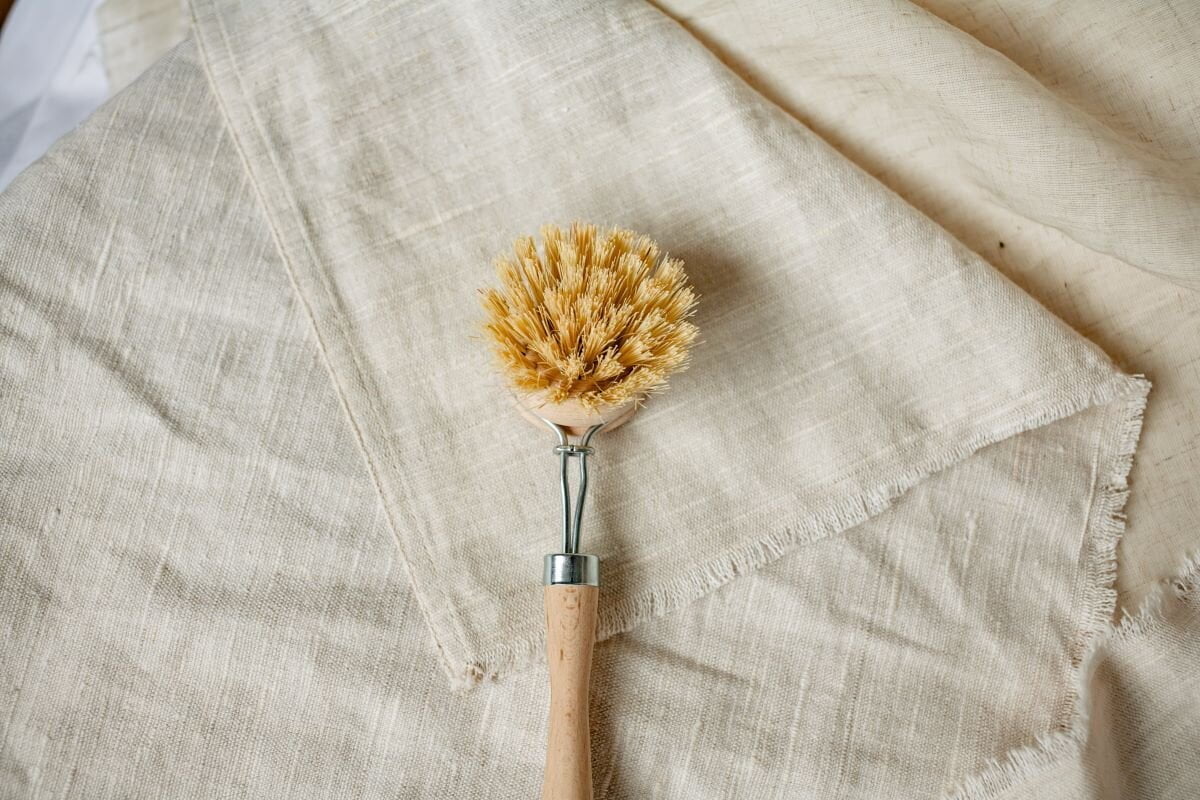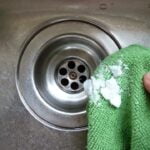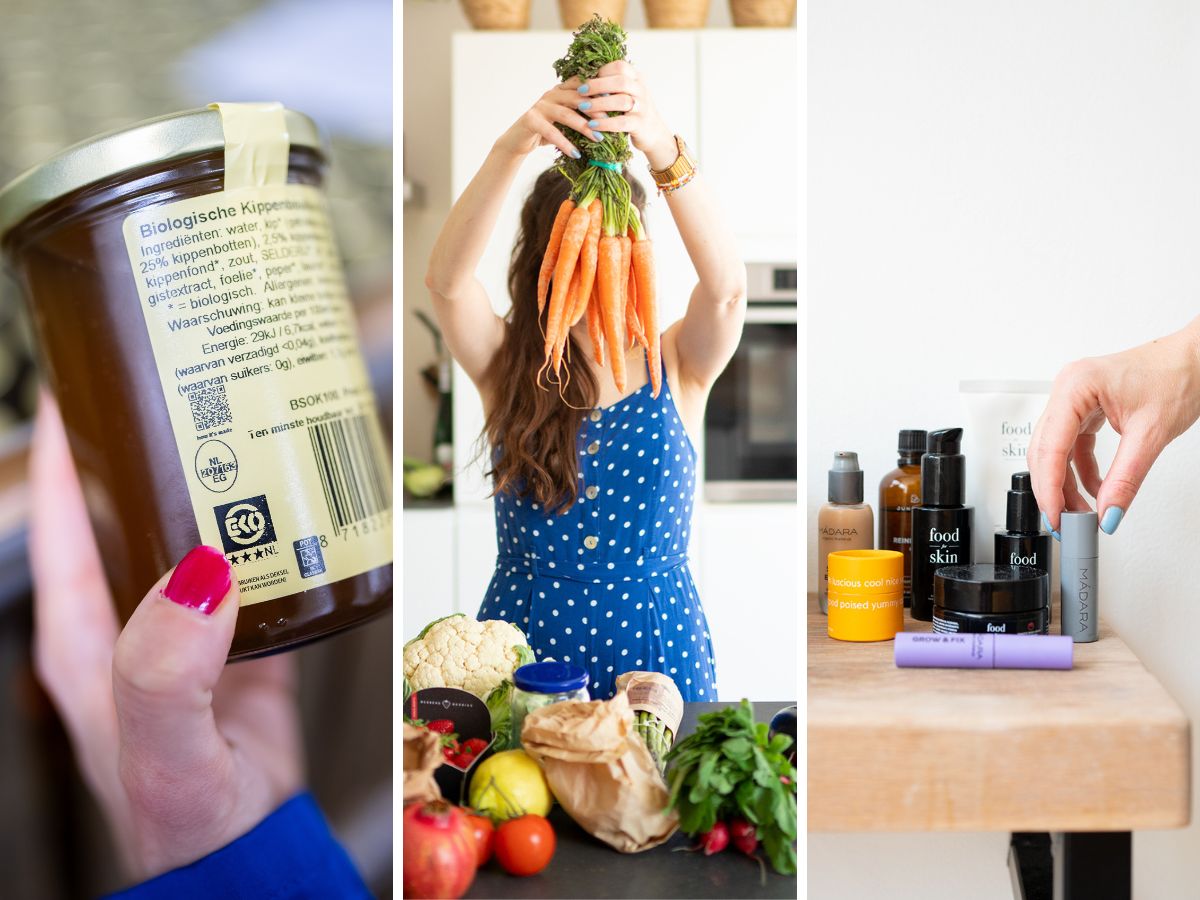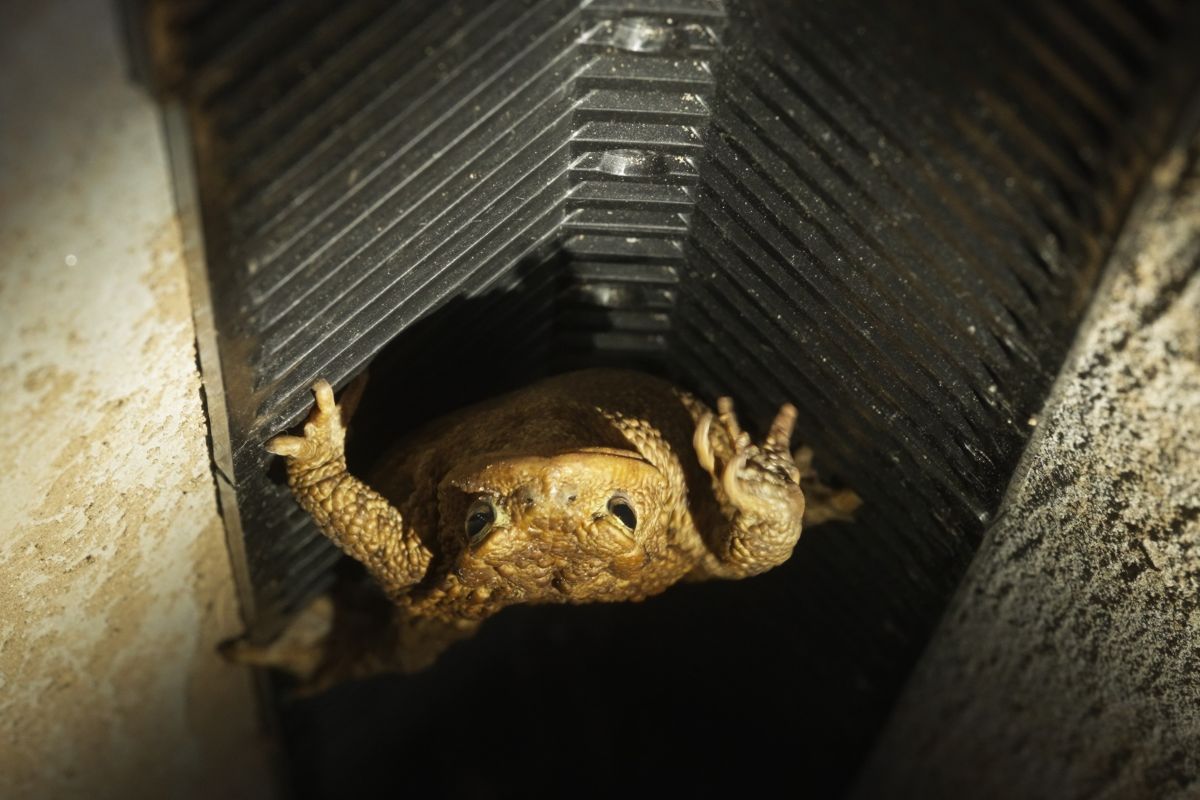Pooh hey, all those cleaning products on the shelf. But did you know that you can also make a lot of cleaning products yourself. Often, you only need a few ingredients and it is also quick and easy to make. That way, you save money and it is sustainable too! This time, zero waste expert Emily-Jane Townley shares her DIY recipe for scouring agent.
Making your own abrasive
In addition to all-purpose cleaner, hand soap and detergent you can also make abrasive yourself. On a yearly basis, you will save yourself a lot of waste by doing so, as scouring agents usually come in large plastic bottles. So besides a sustainable tip, this recipe is also a great budget tip, because making your own cleaning products is a lot cheaper than buying ready-made ones. For this recipe, I only use natural ingredients. And where do you store this homemade scouring agent? Well just in a glass preserving jar. One of those big ones that can hold applesauce or a kilo of peanut butter are ideal.
Zero waste recipe: make your own abrasive
Tools
- glass jar with lid
Materials
- 2 small cups baking soda
- ½ cup liquid soap (You can also make your own liquid soap if necessary.)
- 4 el glycerine (Glycerine acts as a binder here and can be bought from drugstores or pharmacies).
- 5-10 drops essential lemon or orange oil (optional)
Instructions
- Mix all the ingredients well and store the paste in a glass jar with a lid.
- With a wet cloth or sponge, remove a little paste from the pot and you can start cleaning right away.
Notes
MORE ZERO WASTE TIPS FROM THEGREENLIST.CO.UK
- Homemade recipes for your daily care: make your own deo and make your own lip balm.
- DIY recipes for the kitchen: dandelion lemonade and elderflower syrup.
Sources: levenzonderafval.com. Photo credits: main image: Polina Kovaleva (Pexels), Emily-Jane Townley.













